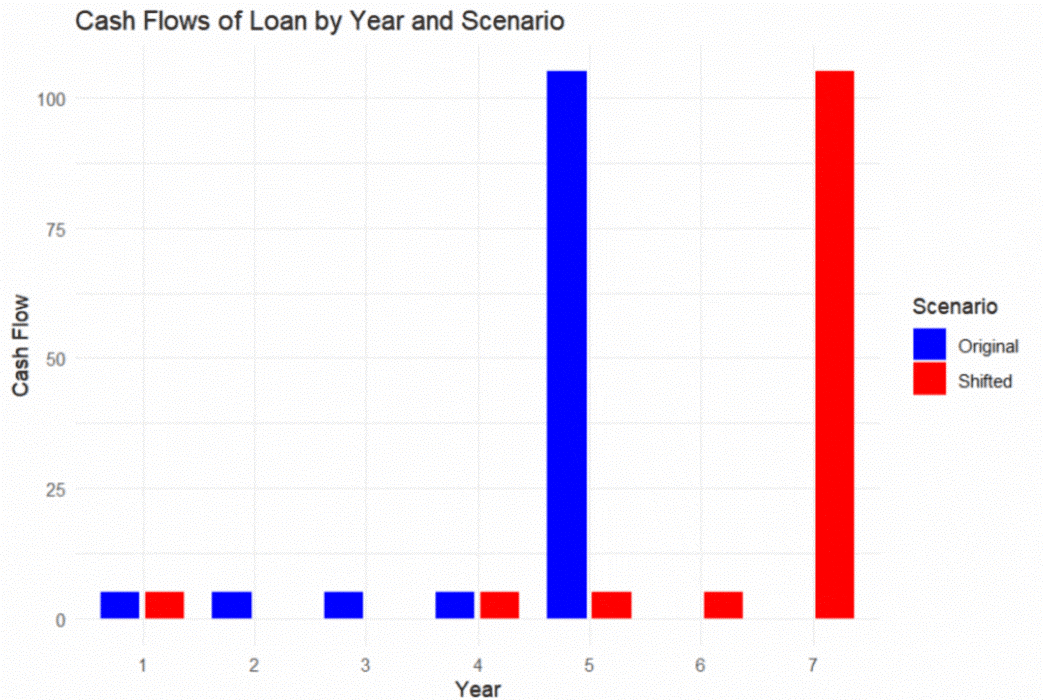
The European Banking Authority (EBA) recently released a consultation paper regarding article 178 of the CRR3 Capital Requirements Regulation. The consultation builds not only on the regulation but also on the existing guidelines for the definition of default.
This stacked approach makes the most recent insights of the EBA difficult to interpret as a solo read. Which is a pity since the definition of default is at the core of credit risk measurement. It is the starting point of not only probability of default (PD) but also loss given default (LGD), and hence also Risk-Weighted Assets, Pillar 2 Economic Capital and IFRS 9 provisioning.
Whereas for novels it is often a good idea to kick off the story “in medias res,” i.e. in the middle of things, for technical papers on risk management, it is a less effective way of communicating.
So before we try to make sense of what is actually proposed in the consultation paper, and for which the EBA asks for an industry response, let’s unpack the story, one step at the time, to get a better understanding of the newly proposed application of the default definition.
One conclusion can already be revealed: The EBA remains strict on early recognition of a default.
The Background Story
The EBA acknowledges that COVID-19-like situations can happen again. In those cases, it is good to have a clear framework on how to deal with concessions. During the COVID-19 lockdowns (generally applied between 2020 and 2022, depending on the geography), business came to a standstill and income dropped for many SMEs as well as some larger corporations.
In order to prevent a massive incidence of defaults, banks sometimes chose to be lenient. They agreed with the borrower that interest or amortization could be postponed for the time being (a “payment holiday”).
Marco Folpmers
Technically, this means that the contractual cash flows were postponed. The question then arises: If a customer pays up according to the new cash flow schedule, rather than the old one, is he then in default?
Since concessions like this impact the real asset value of the loan, and thereby the available capital, supervisors are concerned, while acknowledging that concessions may serve a purpose and that there is no benefit in accumulations of defaults. Supervisors also want to anticipate on future COVID-like crises so that, by that time, a nuanced application of the default definition is possible. Therefore the EBA consultation focuses specifically on “the rules of the game” for debt restructuring.
The Default Rules in Practice
These considerations have led to the following narrative.
A bank identifies a customer (company or individual) if it has “financial difficulties” that may impact his ability to meet the financial commitments due to his loan, or if it is likely that it will face such difficulties in the near future.
In those cases, the bank may grant a “concession” to provide temporary relief from the obligatory payment of interest, principal or fees.
If a concession has been granted, it needs to be clearly established if that was due to the (actual or likely) financial difficulties. If so, this is a forbearance measure. According to the consultation paper, this moment of assessment is a qualitative criterium.
If the concession is indeed a forbearance measure, banks should evaluate whether the7 measure is likely to result in a diminished financial obligation. Here, the so-called NPV (net present value) test comes in: If the NPV of the contractual cash flows of the loan after concession is lower than the NPV of the original contractual cash flows, a default is triggered, but only if the delta exceeds 1%. The effective interest rate at the time of origination is used as discount rate. This is a quantitative criterium.
Once the loan ends up in a default state, a probation period of at least a year applies for a loan to be reclassified back to the non-defaulted status.
What Is the Consultation About?
The EBA paper stresses that if a concession is granted that is not due to the actual or likely financial difficulties mentioned above, the concession need not be flagged as “forbearance.” Given that this is a qualitative criterium, some judgment can be exercised here, so that the forbearance trigger may be avoided.
As regards the quantitative criterium, the banking industry has previously indicated that they would prefer a higher threshold for the NPV test. They proposed threshold values of 5% or even 10% in cases where there is not a nominal loss. Industry concerns relate not only to the P&L and capital impact of the default classification but also to the operational and reputational impact of an increased stock of defaulted loans. It is therefore no surprise that banks have been asking for a higher NPV threshold.
However, it is apparent from this consultation paper that this is clearly not the direction in which the EBA is running.
The banking industry has also pointed out that the NPV test looks only at the contractual cash flows. Expected workout cash flows after a default and/or high value collateral do not help to prevent the default trigger once the present value of the contractual cash flows has been established to be reduced by more than 1%.
The industry’s call for a more accommodating NPV threshold is understandable since the threshold of 1% is in practice quickly exceeded. Let’s look at a simple example of a bullet loan of 100 euro, with a maturity of 5 years and a coupon of 5%; yield curve is assumed to be flat. After the concession, the interest and amortization payments are deferred by 2 years after the first year (Figure 1). In this simple example, the NPV delta is already almost 9%. Note that the nominal cash flows remain the same; there Is only a timing difference.
Figure 1: NPV Test for 5-Year Bullet Loan, Coupon 5%

Parting Thoughts
After this complex story, what should one remember about the additional guidelines on definition of default?
My summary would be: Not all concessions constitute forbearance (qualitative test) and not all forbearance instances are necessarily a default (quantitative test).
The consultation shows that the EBA seems to be strict on the NPV test (threshold is unlikely to be raised above 1%) and the probation period (nothing less than 1 year).
The paper also shows a very, very small amount of leeway: If an obligor in financial difficulty is helped by the bank through a temporary payment holiday such that the unpaid amounts are paid back within 3 months, this is not a concession (and therefore also not forbearance). The industry will perceive this is as small change given the strictness on the NPV threshold.
Any appetite, after reading this, to try to influence the EBA? Responses to the consultation paper can be submitted up to 15 October 2025.
Dr. Marco Folpmers (FRM) is a partner for Financial Risk Management at Deloitte the Netherlands.
Topics: Default